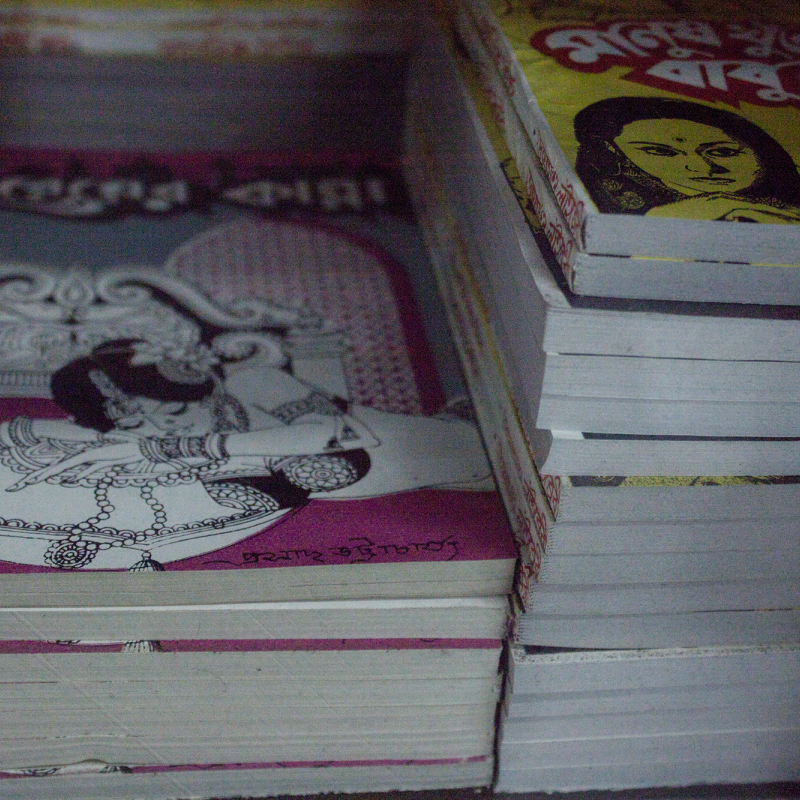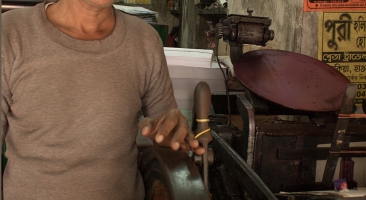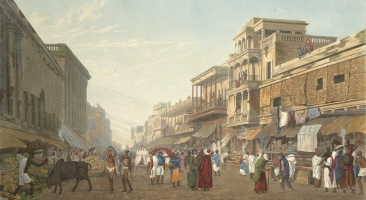'Battala literature' is a phrase used in modern day scholarship to indicate the various products of the printing presses that had emerged in and around Battala in Calcutta in the nineteenth century, primarily in Bengali. The phrase has a certain association with poor or dubious quality, which emerged out of the many defects in early print technology as well as the cheap paper used by the printing presses to keep the prices as low as a couple of annas. 'Battala literature' — referred to at times as 'street literature' by contemporary commentators — also has associations of 'obscenity', owing to the willingness of the proprietors to cater to the readerly appetite for scandal. But despite the criticism leveled at the 'low life' Battala literature by the educated Bengali elite of the period, there is ample evidence to suggest that even luminaries such as Rabindranath Tagore were not immune to its charms. For a long time, despite the pioneering works of scholars such as Sukumar Sen and Sri Pantha, scholarship on the world of Bengali print focused primarily on the domain of high culture. Contemporary scholarship, with its interest in popular culture, has turned the focus back on the fascinating world of Battala print. This project documents and archives some surviving elements of print culture at Battala.

Swati Moitra
Swati Moitra has taught in undergraduate colleges in Delhi and is currently an Assistant Professor in an undergraduate college in Calcutta. Her areas of interest include book history and histories of readership, gender studies, early Indian English writing, digital cultures and cyberculture. She completed her PhD from the Center for English Studies, JNU, in 2016.



